- Wondering how to get Monopoly GO! free rolls? Well, you’ve come to the right place. In this guide, we provide you with a bunch of tips and tricks to get some free rolls for the hit new mobile game. We’ll …
Best Roblox Horror Games to Play Right Now – Updated Weekly
By Adele Wilson
Our Best Roblox Horror Games guide features the scariest and most creative experiences to play right now on the platform!The BEST Roblox Games of The Week – Games You Need To Play!
By Sho Roberts
Our feature shares our pick for the Best Roblox Games of the week! With our feature, we guarantee you'll find something new to play!Type Soul Clan Rarity Guide – All Legendary And Common Clans Listed!
By Nathan Ball
Wondering what your odds of rolling a particular Clan are? Wonder no more, with my handy Type Soul Clan Rarity guide.
Combat Monsters Review
Combat Monsters, the virtual card battle game with echoes of Magic: The Gathering is now in full release, and if you played and enjoyed it during the beta period, you’ll be pleased to know that very little has changed over the past couple of months. And if you haven’t, you probably should – it’s a fun, challenging strategy card game, and while some of the multiplayer features are lacking, it gets the free-to-play formula right, a rare accomplishment these days.
Even if you have only a basic idea of what Magic: The Gathering is, there’s no mistaking the similarities between that famous card game and Combat Monsters. In fact, Paul Johnson, the co-founder of Rubicon Development is an “avid player” of Magic, but wanted a video game with a more tactical experience. Thus, Combat Monsters, in which you not only collect virtual cards of various types and abilities and deploy them in single and multiplayer duels, but also maneuver on a 3D game board, complete with special hexes that can amplify your powers – or your enemy’s.
Combat Monsters is very much an “easy to learn, tough to master” game. You begin by choosing a hero – a warrior, an archer, or a mage – who will serve as your personal avatar, and are then given a basic starting deck with which to play. The bulk of your deck will, initially at least, be composed of various fantasy monsters like orcs, minotaurs, elves, zombies and so forth, each of which belongs to one of the three character classes; there are also cards for weapons, armor, equipment, spells, and magical runes. Some “supplemental” cards only work with specific races or classes, and some monster cards have special abilities that manifest under the right conditions: zombies gain health whenever a monster on the board dies, for instance, while orcs gain an attack bonus for every friendly orc in play.
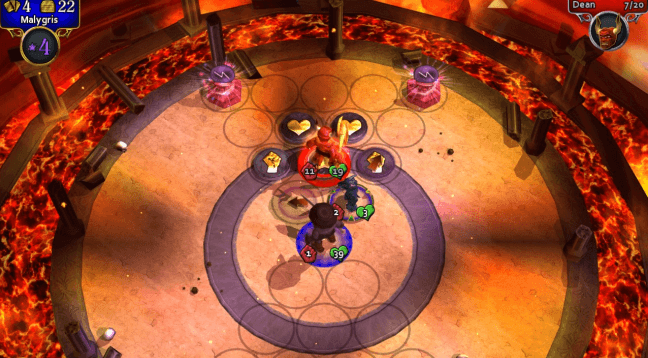
A fiery good start
Combat Monsters, the virtual card battle game with echoes of Magic: The Gathering is now in full release, and if you played and enjoyed it during the beta period, you’ll be pleased to know that very little has changed over the past couple of months. And if you haven’t, you probably should – it’s a fun, challenging strategy card game, and while some of the multiplayer features are lacking, it gets the free-to-play formula right, a rare accomplishment these days.
Even if you have only a basic idea of what Magic: The Gathering is, there’s no mistaking the similarities between that famous card game and Combat Monsters. In fact, Paul Johnson, the co-founder of Rubicon Development is an “avid player” of Magic, but wanted a video game with a more tactical experience. Thus, Combat Monsters, in which you not only collect virtual cards of various types and abilities and deploy them in single and multiplayer duels, but also maneuver on a 3D game board, complete with special hexes that can amplify your powers – or your enemy’s.
Combat Monsters is very much an “easy to learn, tough to master” game. You begin by choosing a hero – a warrior, an archer, or a mage – who will serve as your personal avatar, and are then given a basic starting deck with which to play. The bulk of your deck will, initially at least, be composed of various fantasy monsters like orcs, minotaurs, elves, zombies and so forth, each of which belongs to one of the three character classes; there are also cards for weapons, armor, equipment, spells, and magical runes. Some “supplemental” cards only work with specific races or classes, and some monster cards have special abilities that manifest under the right conditions: zombies gain health whenever a monster on the board dies, for instance, while orcs gain an attack bonus for every friendly orc in play.
Battles are turn-based but take place in real-time rather than asynchronously; a countdown timer ensures that nobody drags their feet for too long. During a turn, you can play one or more of the cards in your hand (drawn at random from your deck at the beginning of each round), move your hero and monsters on the board, and of course, attack the enemy forces. The objective is simple: slay the other player’s hero while preventing the same from happening to you.
The “fuel” of the game is “mojo,” the amount of magical energy you have to expend each round. Each card costs a certain amount of mojo to play; weak cards take relatively little, while the heavy hitters require considerably more. Warrior heroes bring lots of personal hit points to the table but have fairly small pools of mojo to draw from and are often unable to play higher-ranked cards unaided; mages, of course, are the other way around, able to field a more powerful array of underlings but not particularly good in a stand-up fight.
The result of all these intermingled variables is a strategy game of considerable complexity. It’s not difficult to play – it’s actually quite easy – but it’s awfully easy to find yourself in trouble if you’re not paying attention. A single-player tutorial will walk you through the basics before throwing you into three campaigns of increasing difficulty, and while it’s a good way to earn cards and “Rubicoins” – the currency used to purchase heroes and card packs – the real action is in the online arena, where you can square off against your fellow human beings.
Combat Monsters is free-to-play, but like most such games, players who are willing to pay a few bucks for Rubicoins will have access to a greater selection of cards, and thus an advantage on the battlefield. Non-paying players aren’t restricted from any content, however; they just earn Rubicoins, and thus build more powerful decks, much more slowly than those who open their wallets. Cards are purchased in “chests” that come in three sizes with certain minimum quality of cards guaranteed, so while there’s always a random element, purchasing a “full chest,” as an example, guarantees at least one rare card, three uncommons, and one monster. Your mileage may vary in this regard, but the pricing doesn’t strike me as too bad; the “full chest” costs 1200 Rubicoins, and a “purse” of 6000 coins – enough for 60 cards – costs $4.99.
Multiplayer is Combat Monsters‘ greatest strength, and at the same time, its most serious weakness. The single-player campaign levels can be pretty tough, especially when you’re first getting your feet wet, but nothing beats another human for the unpredictability and sheer deviousness that brings a game like this to life. And because it’s cross-platform on the PC, Android, and iOS devices, you’re unlikely to ever have a hard time finding an opponent. But while the basic combat is challenging and entertaining, there are an awful lot of fairly fundamental multiplayer components that just aren’t there.
The chat function is almost non-existent, for one thing; you can only send short, one-line messages to your opponents during your turn, and there’s no persistent chat window, so if you miss a message, there’s no way to go back and catch up. There’s also no opportunity for post-game chat or to demand a rematch, nor is there any way to yield when the situation becomes hopeless, other than to just drop out of the game without warning – an effective way to fly the white flag, I suppose, but one that’s not terribly satisfying for the winner.
Much of the appeal of Combat Monsters comes from its promises for the future. Multiplayer is currently limited to “pass and play” on a single computer and either private or random online matches of between two to six players, but a promised future update will incorporate scheduled and “sit and go” tournaments for prizes; and while the card selection right now is decent but not exactly overwhelming, Johnson said in a September interview that he wants to have more than 1000 cards by 2014, and tens of thousands eventually.
The lack of some basic multiplayer features leaves Combat Monsters feeling a little bit like it was pushed out the door before it was fully baked. Even so, it’s a fun, challenging, and well-produced strategy card game, and perhaps more importantly, it’s a solid base to build upon. It’s impossible to judge a game based on what it might become in six months or a year, but for now, that’s what it offers: a very good start and the promise of even better things in the future.
(Note: Combat Monsters is a cross-platform game for the PC, Android, and iOS devices, and while I initially intended to cover the Android version, my phone, an aging HTC Incredible S, is a little too underpowered to properly handle it. In both appearance and gameplay it’s virtually identical to the PC version, only with controls optimized for a touchscreen, but it does seem rather more demanding of powerful hardware than most other mobile games on the market. Because of that, I switched to the PC edition of the game, which is the basis for this review.)

The good

The bad
More articles...
Monopoly GO! Free Rolls – Links For Free Dice
By Glen Fox
Wondering how to get Monopoly GO! free rolls? Well, you’ve come to the right place. In this guide, we provide you with a bunch of tips and tricks to get some free rolls for the hit new mobile game. We’ll …Best Roblox Horror Games to Play Right Now – Updated Weekly
By Adele Wilson
Our Best Roblox Horror Games guide features the scariest and most creative experiences to play right now on the platform!The BEST Roblox Games of The Week – Games You Need To Play!
By Sho Roberts
Our feature shares our pick for the Best Roblox Games of the week! With our feature, we guarantee you'll find something new to play!Type Soul Clan Rarity Guide – All Legendary And Common Clans Listed!
By Nathan Ball
Wondering what your odds of rolling a particular Clan are? Wonder no more, with my handy Type Soul Clan Rarity guide.








 “
“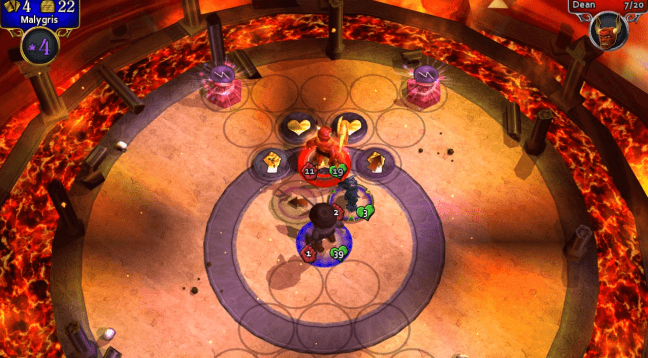 “
“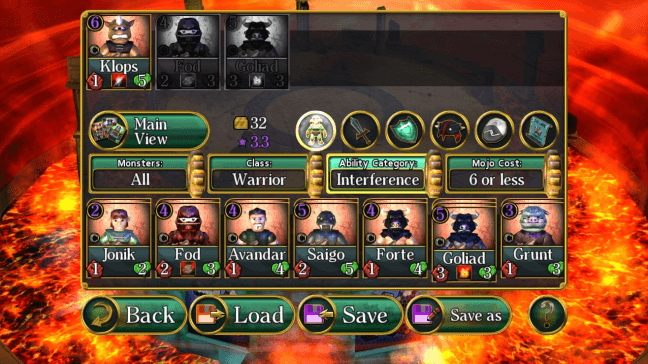 “
“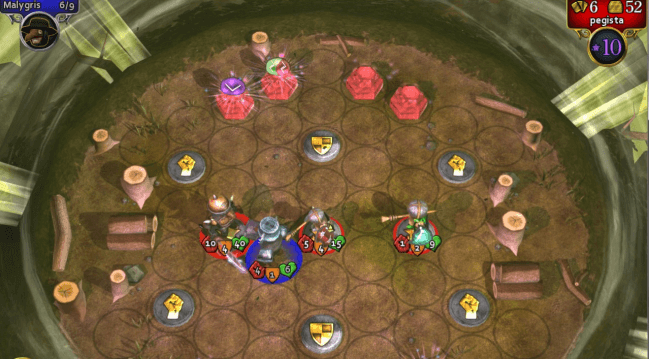 “
“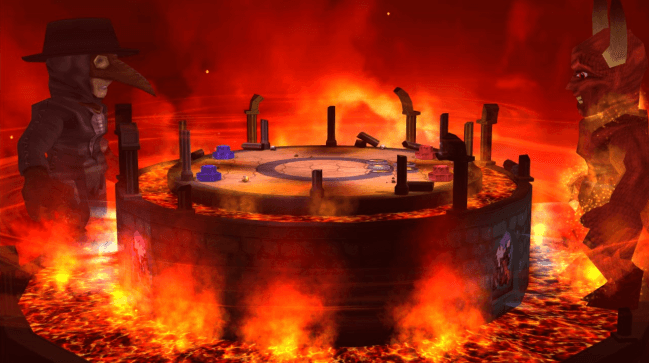 “
“